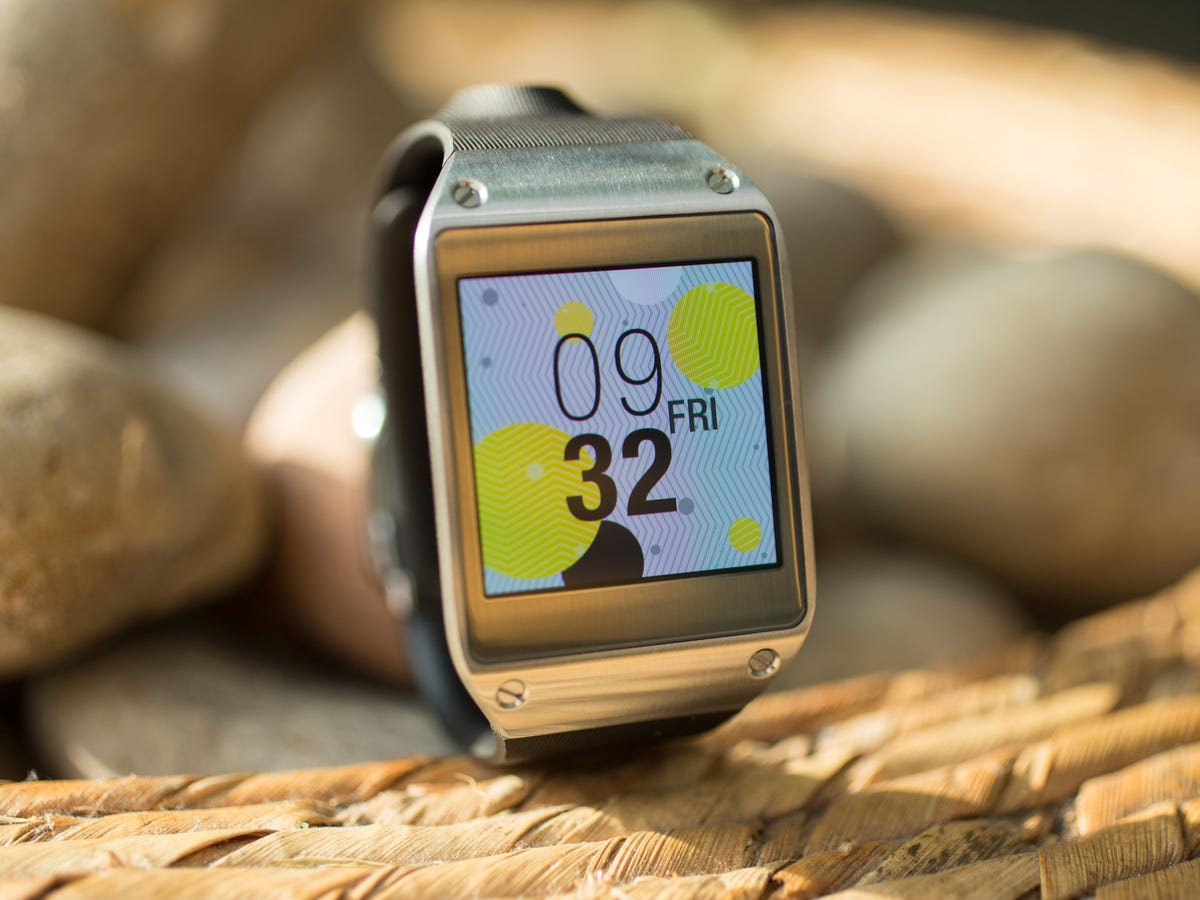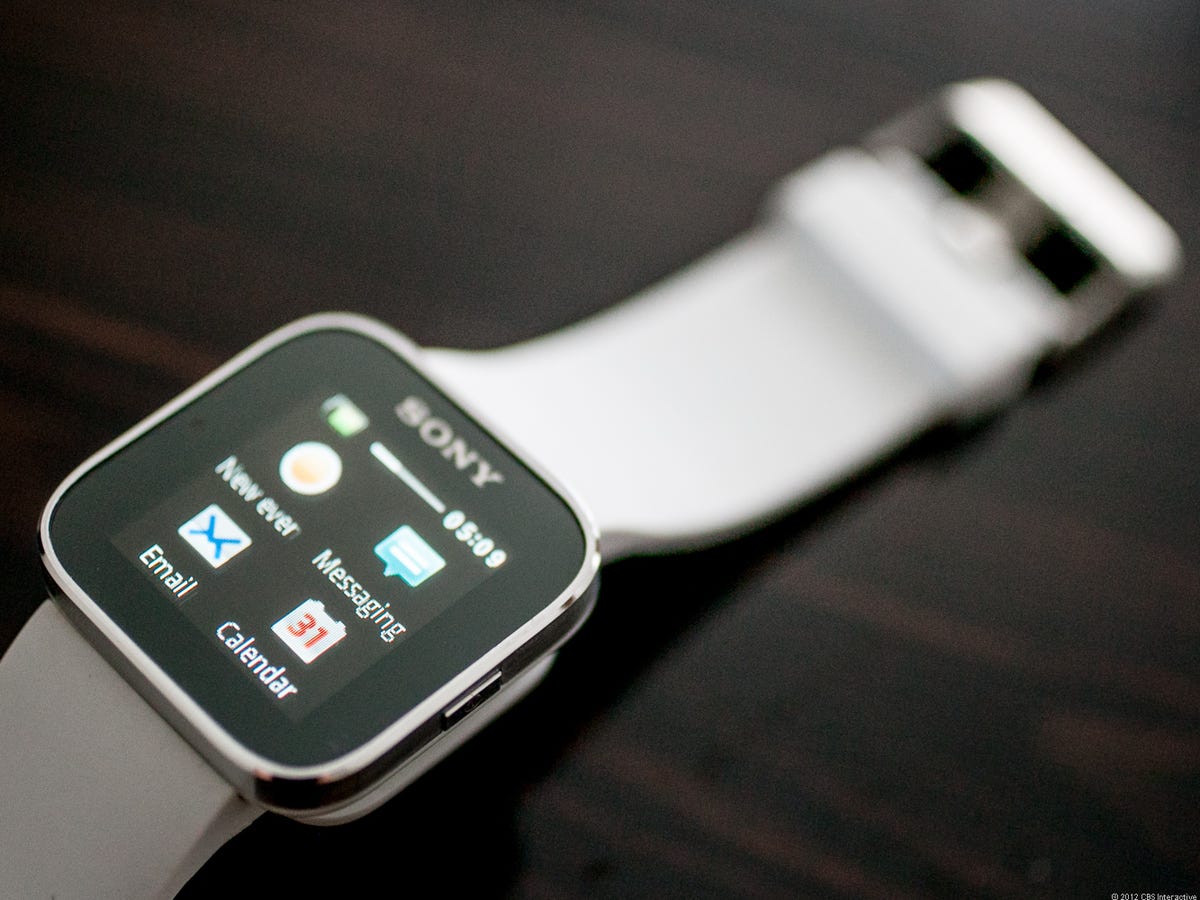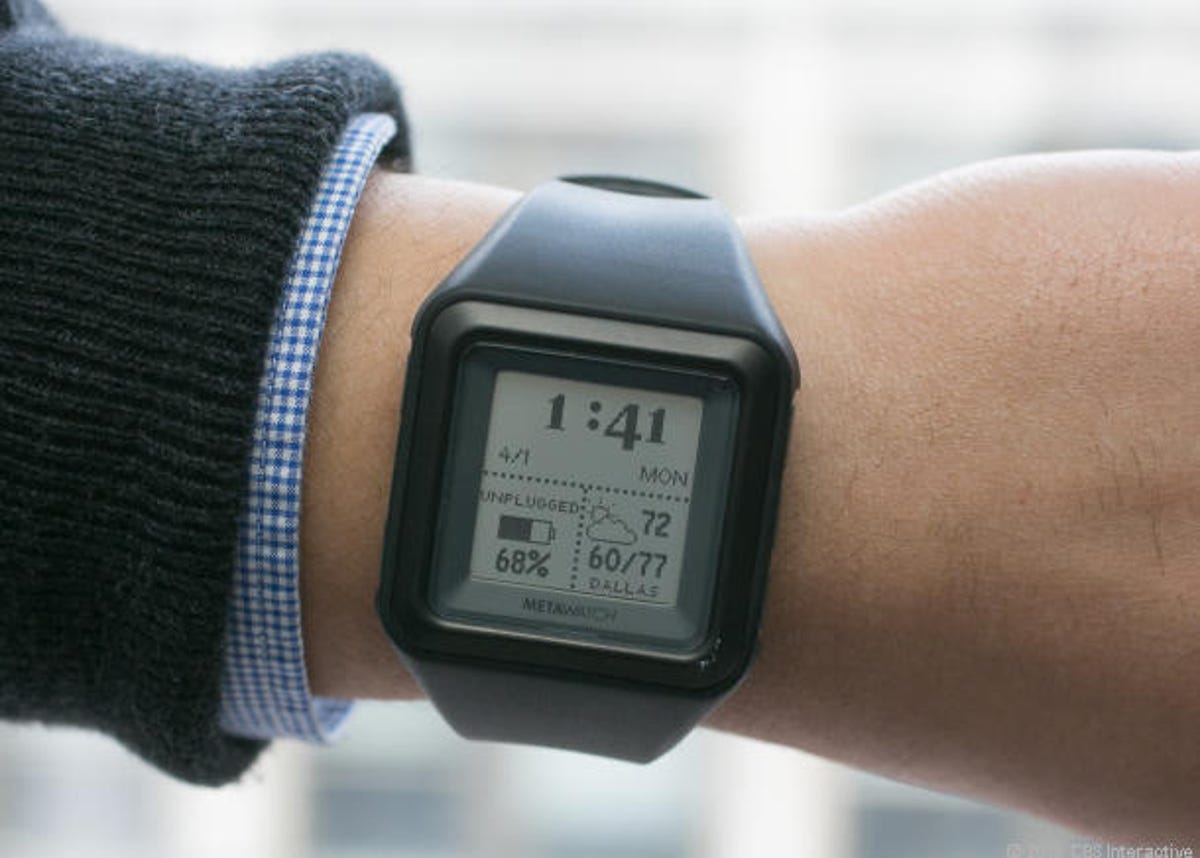Editors’ note: Updated October 4, 2013, with the Samsung Galaxy Gear.
Why wear a smartwatch? You might have said the same thing about carrying a smartphone before those got smart enough to be truly useful. Smartwatches are a sort of mini tech trend of the moment, but here’s the brutal truth: we wouldn’t recommend that our friends buy any of these, unless they’re early-adopter watch fetishists. The smartwatches of today have a muddy mix of good, bad, and flat-out ugly features. At best, they’re quirky and stylish. At worst, they’re hobbled with short battery life or don’t work at all.
None of the smartwatches we’ve reviewed have earned more than three stars, and with good reason: they all have serious limitations while being questionably practical.
Smartwatches are going to need to get a lot smarter a lot quicker if they’re going to be something most people would want to buy. That doesn’t mean the current bumper crop of smartwatches can’t be salvaged a little bit.
Here are the ones we’ve recently reviewed. For each, we outline what it gets right, what it gets wrong, and a quick near-term fix that could help it get better.


Andrew Hoyle/CNET
Samsung Galaxy Gear Good: Attractively styled and comfortable to wear. Has a big, colorful display that you can read in strong sunlight. Makes it easy to screen or answer calls without touching your phone. Can record video and snap photos.
Bad: Only supports full notifications for Samsung’s e-mail and messaging apps. Doesn’t sync with social networks. Compatible with just the Note 3 and perhaps other Samsung devices in the future. Expensive and has a short 24 hours of battery life.
The fix: From a hardware perspective, the Gear is one of the best attempts at a smartwatch we’ve seen, which makes its faults all that more disappointing. Aside from longer battery life, what it sorely needs is true e-mail support, integration with social media platforms, and compatibility with a wide range of smartphones.
Read the full review of the Galaxy Gear.


Sarah Tew/CNET
Pebble Watch Good: Water-resistant up to 5 ATM, simple design, reasonable price, can still tell time when not paired with phone, and has potential to run lots of unique apps.
Bad: Those apps largely aren’t here yet, and battery life requires recharging every four or five days when Bluetooth is active.
The fix: It’s nice that the Pebble can last nearly a week between charges, but being even smarter about battery-life indication’s a must. And the Pebble needs more great apps ASAP: more features have been added for iOS and Android users via third-party conduits, but the Pebble frustratingly remains a tinkerer’s device versus a true app ecosystem.
Read the full review of the Pebble Watch.


Sarah Tew/CNET
Martian Passport Watch Good: Stylish “real watch” design, and it can be used to answer as well as screen calls.
Bad: Not water-resistant, the price is too high, and the speakerphone is too hard to hear and be heard over in most public situations.
The fix: Needs proper water resistance, a bigger LED multifunction readout, and a price cut.
Read the full review of the Martian Passport Watch.


Sarah Tew/CNET
Sony SmartWatch Good: Low price. Very sleek and stylish, small and lightweight, yet has a premium feel. Offers smartphone alerts, call handling, and other useful apps right out of the box.
Bad: Battery life is short, and the screen is all but impossible to read outdoors in direct sunlight.
The fix: Needs to run much longer than a full workday between charges, and desperately requires a screen that can be viewed outdoors. Support for iOS would seriously help.
Read the full review of the Sony SmartWatch.


Sarah Tew/CNET
MetaWatch Strata Stealth Good: Long battery life and support for both Android and iOS. Can run multiple apps at once with up to four viewable on each home screen. Water-resistant up to 5 ATM.
Bad: Quirky performance and Bluetooth connection problems are a headache. The screen is prone to glare and distracting reflections. The watch is big, bulky, and not very attractive.
The fix: Needs to be smaller, thinner, and run more smoothly. For starters, toss the current screen in favor of a less reflective LCD with a bright, colored backlight.
Read our detailed First Take of the MetaWatch Strata Stealth.


Sarah Tew/CNET
I’m Watch Good: Alerts you as e-mails, calendar, and social-media updates roll in. Solid build quality.
Bad: Difficult to set up. Lacks true Android or iOS phone apps. Not many watch faces to choose from. Short battery life. Not water-resistant.
The fix: Real mobile apps for Android and iOS would go a long way to help the device be easier to use and hopefully more stable.
Read the full review of the I’m Watch.
Conclusion To be clear, even with my suggested improvements to these devices, they’d still likely be considered questionable purchases by many. We freely admit that it’s tough to ask people to shell out extra for a wrist-bound gadget when a smartphone can do the same things better and more efficiently. So again we ask the question: Why buy a smartwatch at all?
Related stories:
- Nine things the iWatch (or any other smartwatch) needs
- For an iWatch to kick butt, Apple must innovate in batteries
- Apple and the iWatch conundrum
Intelligent ways of telling time have been with us since the days of Stonehenge, sundials, and the Antikythera Mechanism. Telling time isn’t enough. Smartwatches need to do something spectacular. They also need to be practical, useful, and above all, convenient. Maybe then, owning a sleek, fashionable timepiece that can shift its appearance and powerful functionality at the slightest whim would be money well spent.
But it’s going to take a while to get there.
Looking for specs and pricing? Compare these smartwatches head-to-head.



